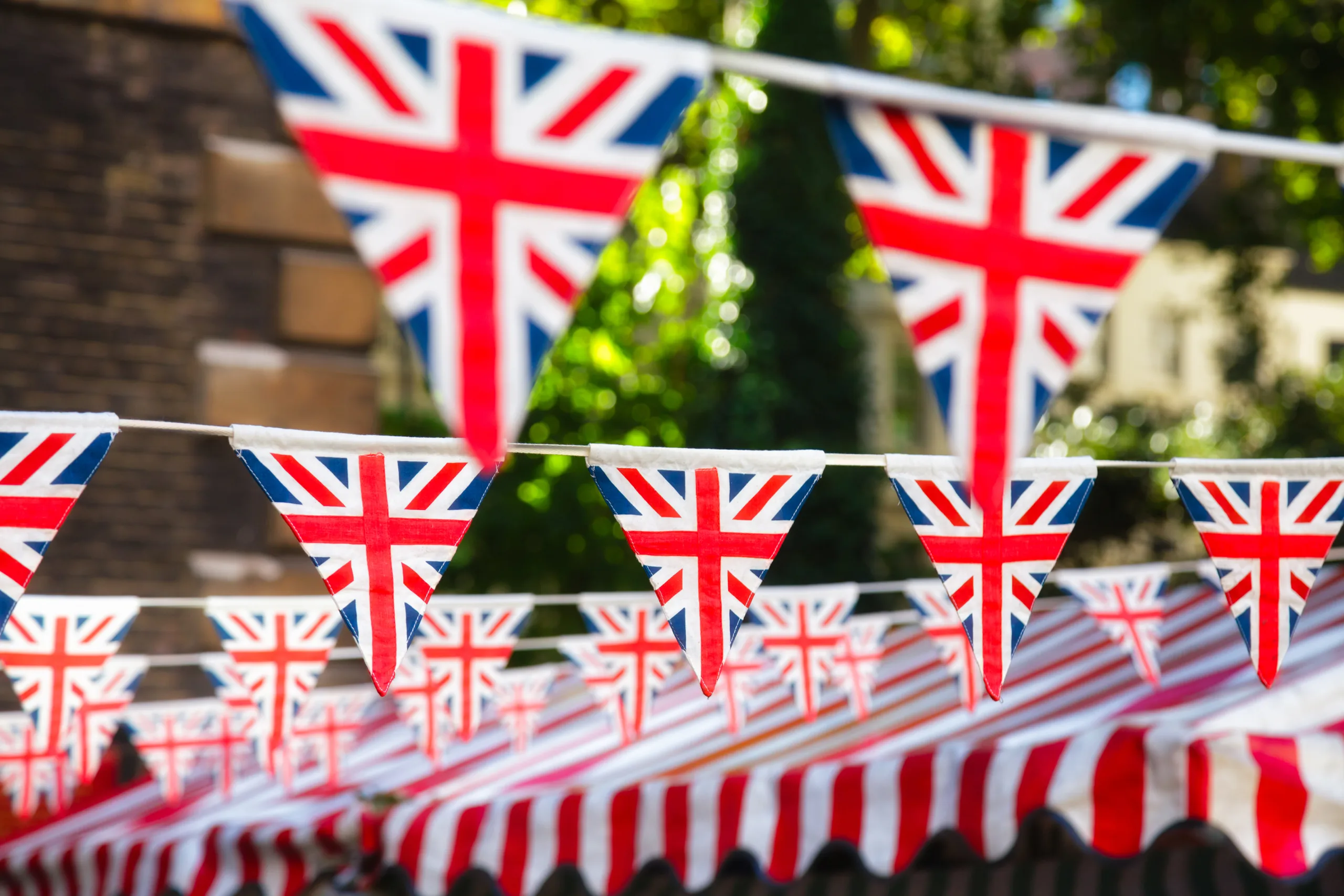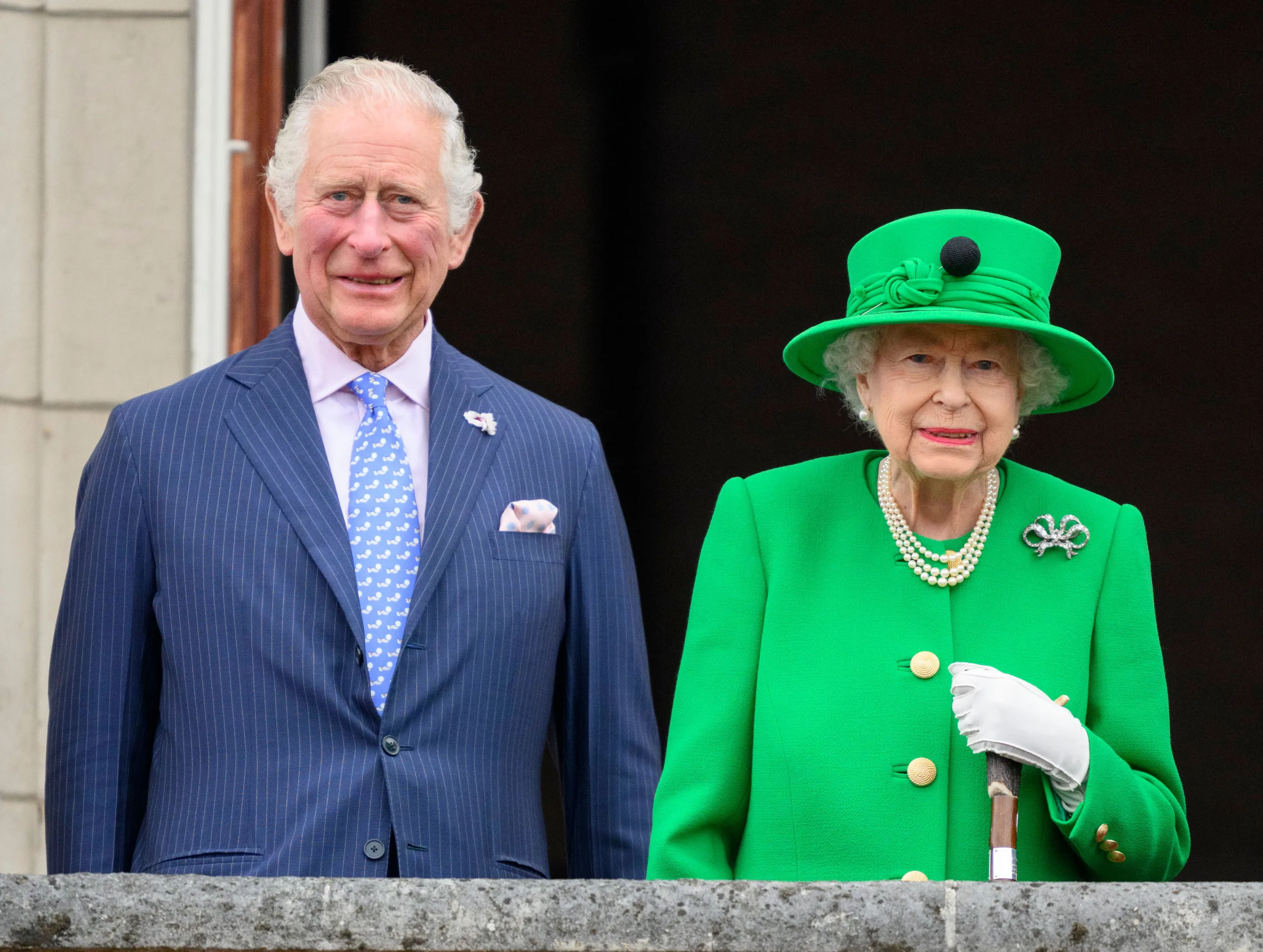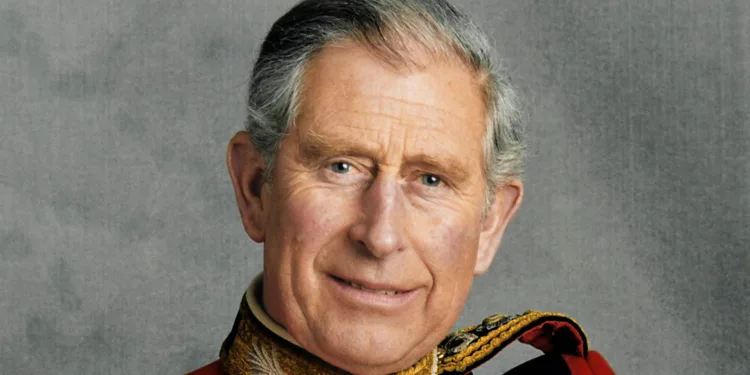King Charles III’s coronation will take place on Saturday the 6th of May, at Westminster Abbey.
Eyes around the world will focus their attention once more on this magnificent London institution where the King will be crowned – alongside Camilla, the Queen Consort – in a ceremony overseen by the Archbishop of Canterbury.
This opulent ritual is the last of its kind in Europe and has remained largely unchanged for the past 1,000 years. It is an honour of course, but for a King who wants to be a modern monarch there are a few wrinkles that must be ironed out with Buckingham Palace having confirmed that although the Coronation will be ‘rooted in long-standing traditions’, it will also reflect the monarch’s role today and look towards the future.
They say the best things come to those who wait, and King Charles III’s 70 years spent as heir apparent suggest he is well deserving of the throne. For His Majesty, ascension is bittersweet with the loss of his mother still laying heavy on the royal heart, but he is equally keen to finally execute his master plan to bring the Windsors into the 21st century.

But what does this actually mean? And what are the implications for the country as a whole?
One of the main tenets is to slim down the royal family. Over recent years this has happened somewhat organically anyway with the voluntary stepping back of Prince Harry and the less voluntary removal of Prince Andrew from official duty. However, King Charles III is expected to go one step further as he is reportedly seeking to change legislation that allows non-working royals to be counsellors of state.
Having lived through several tumultuous periods in the monarchy’s history, King Charles III is acutely aware of the Republican sentiment among certain Britons. Queen Elizabeth II was hugely popular, but there are some who are convinced that now is the right time to disband the monarchy and move forward into a fully modern, democratic Britain. Yet when you consider how much the monarchy generates for our economy, not to mention how valuable our traditions and illustrious history are to us culturally, we would likely lose more than we would gain.

It will be a relatively modest affair, even compared to Queen Elizabeth’s coronation that came in the recent aftermath of World War II. The ceremony itself is expected to last around two hours – rather than the three for Elizabeth’s ascension to the throne – and guests will be limited to 2,000 due to health and safety restrictions. That’s considerably less than the 8,000 dignitaries from 129 nations who were crammed into Westminster Abbey in 1953.
There will also be less pomp and formality. Prince William is the only Duke expected to carry out the traditional gesture of kneeling and swearing allegiance to the King, and His Majesty has apparently decided to swap the stockings and breeches worn at coronations by his male predecessors for a military uniform, possibly that of Admiral of the Fleet, which he wore for the State Opening of Parliament last May.
As for the crown, Charles will wear the solid gold 17th Century St Edward’s Crown. It is exceptionally heavy and contains the Cullinan II diamond, sometimes called the Second Star of Africa.
At its heart however, the ceremony must fulfil its key role as being the symbolic religious ceremony during which a sovereign is crowned, as well as fulfilling the physical act of placing a crown on a monarch’s head. Despite cementing His Majesty’s role as Head of the Church of England, it is thought that representatives of different faiths will also be present – to uphold the King’s wish to reflect the ethnic diversity of modern Britain. He will also still pledge to be “Defender of the Faith”, but further words will be added that allow the King to show he serves all religious faiths.








